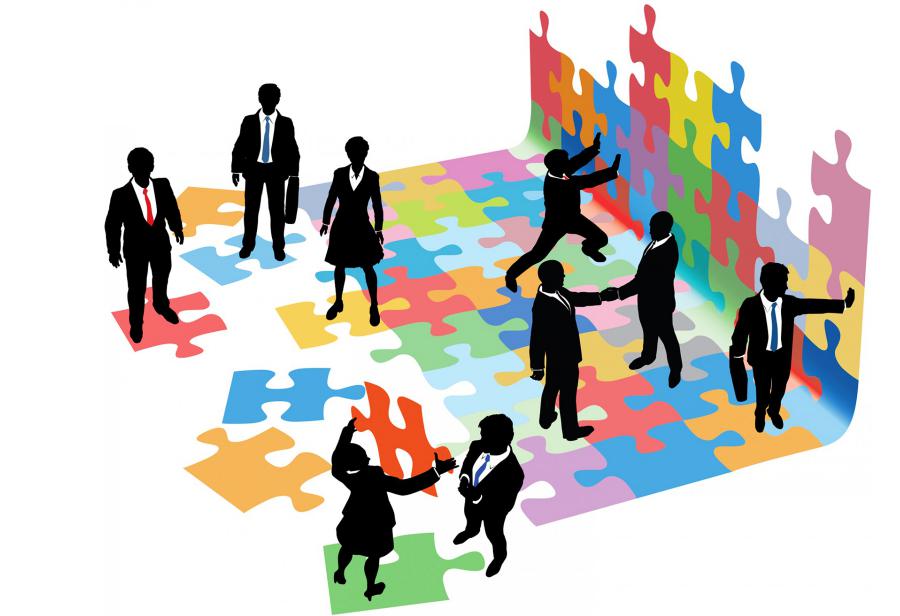Social movement
Are grassroots groups organized around the defense or promotion of a cause that, in a coordinated, planned and sustained manner over time, seek social change.
They are articulated around two fundamental keys: the perception of a shared identity among its members and the systematic organization with a future projection, all aimed at intervening concretely in society. This distinguishes the concept of social movement from the concepts of collective behavior and collective action.
Context
The objective of social movements is to promote changes in social structures and the values that legitimize them, since these structures, due to their propensity for stability, tend to naturalize the state of affairs, which is the cause of stagnation and perpetuation. anachronistic conditions generating conflict
Place and date
During the 19th century, the concept of social movement was linked to a particular type of social change (revolutionary) and to a specific purpose, as well as a specific identity (class identity) and a particular social group (the working class)
Historical data
Context
The objective of social movements is to promote changes in social structures and the values that legitimize them, since these structures, due to their propensity for stability, tend to naturalize the state of affairs, which is the cause of stagnation and perpetuation. anachronistic conditions generating conflict
Place and date
During the 19th century, the concept of social movement was linked to a particular type of social change (revolutionary) and to a specific purpose, as well as a specific identity (class identity) and a particular social group (the working class)
Historical data
- They arise from tensions or structural conflicts in society;
-Its members share an identity expressed in shared goals, ideas, beliefs and interests;
-They are articulated around the principle of collective solidarity;
-They create networks of interaction with the community;
-They believe in collective participation as an engine for social change or social intervention;
-They have a certain organizational stability;
-Often their structures are horizontal;
-Design and develop coordinated collective actions to deal with conflicts;
-As a rule, your relationship with power is conflicting;
-Its interventions take place outside the institutional sphere. For this reason, they differ from political parties, unions, interest groups and pressure groups;
-Its predominant resources are symbolic (emotionally committed leaders and members, alternative stories, etc.) rather than material.
Process of deindividualization
The process by which people lose their sense of individualized social identity and adopt non socialized, often antisocial behaviors.
It is also a process of differentiation, which aims at the development of the individual personality.

Progress or results from the movement
Process of deindividualization
The process by which people lose their sense of individualized social identity and adopt non socialized, often antisocial behaviors.
It is also a process of differentiation, which aims at the development of the individual personality.
Progress or results from the movement
The social movement results in the success or failure of the movements not only from the point of view of their internal organization or their ability to mobilize, but also from their relationship with the environment
⟼ For more information click here: https://www.youtube.com/watch?v=y7YPTD7QwR4
Reflection:
In general, I propose to study social movements from various perspectives, making it extremely important to understand structures and actions.



